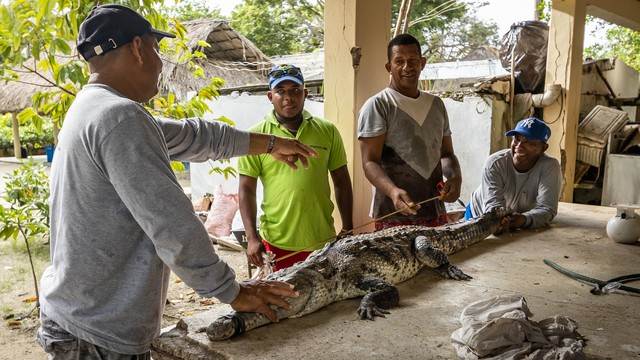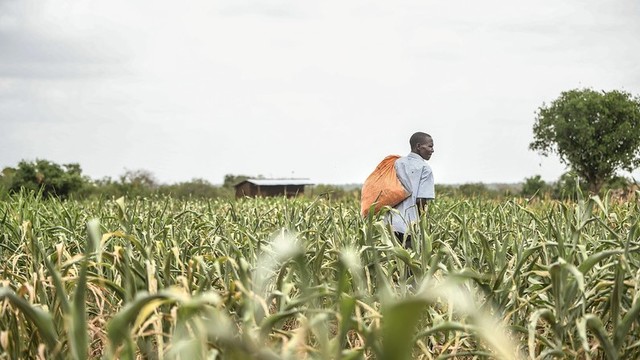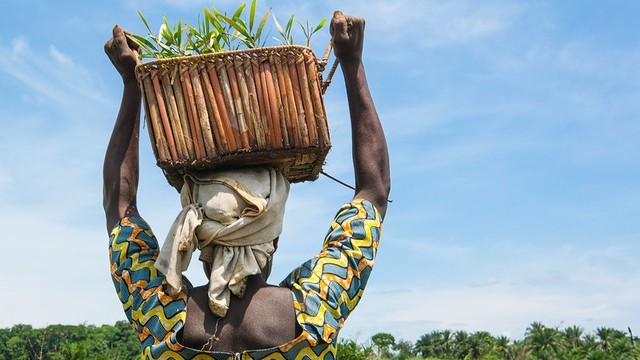Global spotlight on biodiversity as agreement of post-2020 deal for nature nears
In the run-up to a crucial meeting of the Parties to the UN Biodiversity Convention later this year, IIED looks at what needs to happen ahead of a new post-2020 agenda

The endangered Ryukyu Black-breasted Leaf Turtle has been designated as a National Natural Monument of Japan (Photo: Patrick Randall, Creative Commons via Flickr)
2018 is the year that the Convention on Biological Diversity (CBD) celebrates 25 years of action to sustain life on Earth. On the International Day for Biological Diversity this year, governments and stakeholders all over the world will be celebrating their successes under the Convention and taking stock of what has been achieved, what is still needed and how the agenda is changing.
IIED asked Dr. Cristiana Paşca Palmer, executive secretary of the CBD why this year’s international Day is particularly important. ‘When the Convention entered into force in 1993, it represented a global consensus on the need to conserve the variety of life on Earth, to use it sustainably, and ensure that any benefits were shared with equity. These provisions made it a unique instrument for sustainable development then and they continue to be crucial today,’ says Dr. Paşca Palmer.
Dr. Paşca Palmer adds that the timing of this anniversary is crucial because Parties to the UN Biodiversity Convention, in November this year, in Egypt will begin discussions leading to a new deal for nature – a new post-2020 global framework for biodiversity.
IIED is also thinking about how we can contribute to the post-2020 agenda, as part of preparing for its next five-year strategic plan. In a discussion taking place shortly after the International Day for Biological Diversity, staff will discuss what our role could be in slowing the rate of biodiversity loss and identifying new actions that must be taken by all, which in themselves could contribute to achieving the 2030 Sustainable Development Goals.
Dr. Paşca Palmer suggests that transformative pathways built on a sustainable relationship with nature are emerging, but they require further actions to scale up nature-based innovations and solutions to tackle today's global challenges.
IIED has spent years on researching how biodiversity and people can exist side by side in a way that is sustainable economically, environmentally and socially. The links below highlight just some of the work we have done over the past 25 years:
A brief history of biodiversity work at IIED. From the 1980s to date.
Stories of change: mainstreaming biodiversity and development - A collection of pages showing how five African countries are finding new ways to mainstream biodiversity into policy and planning for development. The stories can also be downloaded as a toolkit
RIP Cecil the lion – what will be his legacy? And who should decide? - blog
Assessing social impacts of protected areas - a project that is testing and rolling out a low cost methodology for assessing the positive and negative social impacts of protected areas
Contact
Dilys Roe (dilys.roe@iied.org), Principal researcher and team leader (biodiversity)



